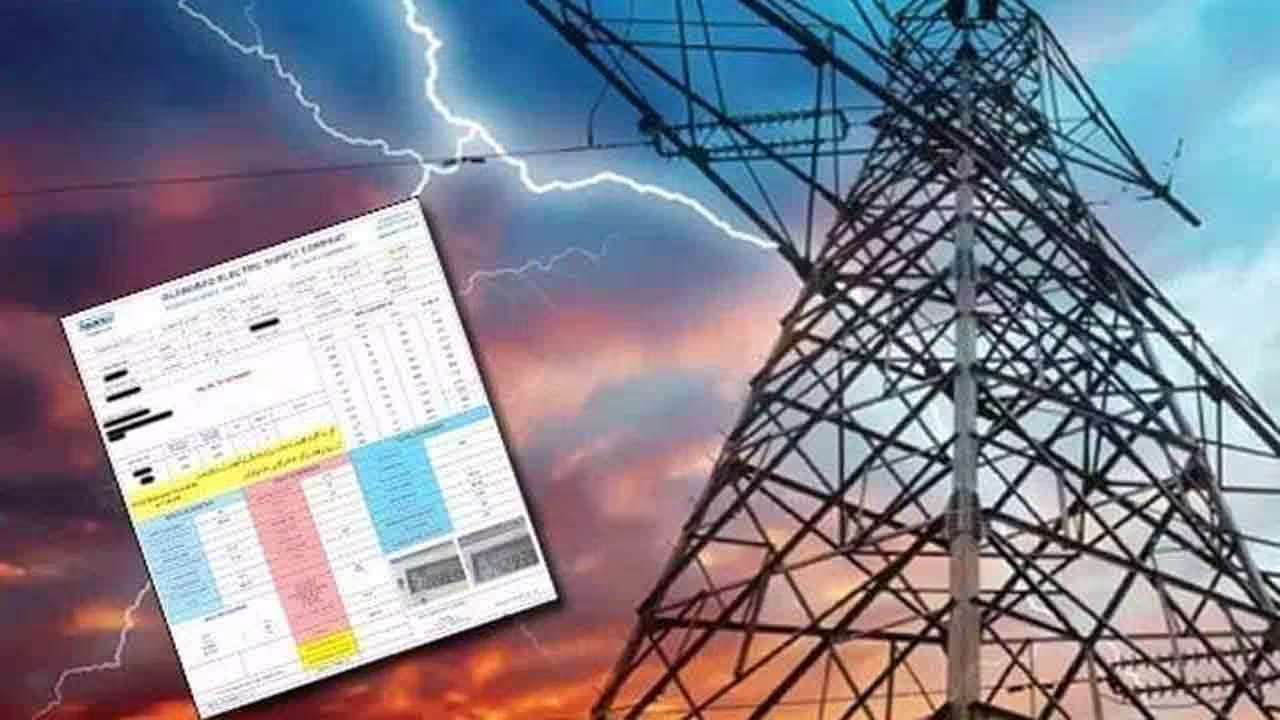Electricity bills in Pakistan have witnessed a staggering increase over the past few years, leaving consumers grappling with rising costs. A comparison of bills from June 2020 to June 2024 paints a grim picture for households using between 100 and 400 units. The sharp rise in electricity costs has not only burdened consumers but has also raised questions about affordability and the sustainability of the current energy pricing model.
A Closer Look at the Price Surge
The document highlights the dramatic changes in electricity bills for various usage categories. In June 2020, a household using 400 units of electricity would have paid Rs 6,780. However, by June 2024, the same consumption resulted in a staggering bill of Rs 19,000—almost a threefold increase. This spike in prices includes the consistent addition of the fuel cost adjustment (FCA), which further adds to the financial strain. For instance, the FCA for 400 units in 2024 was Rs 3,350, further inflating an already hefty bill.
Households using 300 units faced a similar fate. In 2020, the bill for 300 units stood at Rs 9,200. By 2024, the bill for the same usage had skyrocketed to Rs 12,200. These steep increases reflect the inflationary pressures and rising energy production costs over the years, resulting in a direct impact on consumers’ wallets.
The Rising Costs for Lower Usage Consumers
The rising electricity costs have not spared lower consumption users either. In 2020, a consumer using 200 units of electricity paid Rs 1,800. Fast forward to 2024, and the same consumer is now paying Rs 7,200—a fourfold increase over just four years. Similarly, households consuming 100 units saw their bills rise from Rs 780 in 2020 to Rs 2,740 in 2024.
The impact of these increases is particularly harsh for low-income households, many of which try to limit their electricity usage to avoid hefty bills. However, even with limited consumption, the financial burden has become overwhelming.
Impact on Protected Customers
The document also highlights the increase in electricity bills for protected customers—households that typically receive government subsidies to keep their electricity costs lower. Despite these subsidies, the bills for protected customers have also increased significantly. In 2020, a protected customer using 100 units would have paid Rs 780. By 2024, the same customer is now facing a bill of Rs 1,390.
While these increases may seem less severe compared to regular customers, they still represent a significant financial strain for low-income families who rely on subsidies to make ends meet. This raises concerns about the effectiveness of the subsidy programs and whether they are sufficient to shield vulnerable consumers from the impact of rising electricity prices.
Factors Contributing to the Increase
Several factors have contributed to the steep rise in electricity bills over the past four years. One of the major drivers is the increasing fuel cost adjustment (FCA) charges. The FCA is a mechanism that allows utility companies to recover the additional costs incurred due to fluctuations in fuel prices used for electricity generation. With global fuel prices rising sharply in recent years, the FCA has become a significant component of electricity bills, adding thousands of rupees to consumers’ costs.
Another factor is the increasing cost of energy production. Pakistan’s reliance on imported fuel, combined with inefficiencies in the energy sector, has resulted in higher production costs that are passed on to consumers. Additionally, the depreciation of the Pakistani rupee has further driven up the cost of fuel and electricity generation, exacerbating the situation.
Government policies and energy sector reforms have also played a role in the rising costs. While there have been efforts to improve the energy infrastructure and reduce circular debt, these measures have yet to provide significant relief to consumers in the form of lower bills.
The Financial Strain on Consumers
The rise in electricity bills has had a profound impact on consumers, particularly for middle- and low-income households. Many families have had to cut back on other essential expenses to manage their electricity costs. For some, this has meant limiting the use of appliances, reducing overall energy consumption, or even resorting to alternative energy sources like solar power to mitigate the financial burden.
The increase in electricity prices also has broader economic implications. As households spend more on electricity, their disposable income for other goods and services decreases, potentially slowing down overall economic growth. Additionally, small businesses that rely on electricity for operations are facing higher operating costs, which could lead to increased prices for goods and services, further fueling inflation.
A Need for Urgent Solutions
The sharp increase in electricity bills between 2020 and 2024 has placed a heavy financial burden on consumers across Pakistan. With fuel cost adjustments and rising production costs showing no signs of abating, the government and energy sector stakeholders must explore solutions to make electricity more affordable for consumers. This may include exploring alternative energy sources, improving efficiency in the energy sector, and revisiting subsidy programs to ensure they provide adequate relief to vulnerable consumers.
Without urgent action, the rising electricity costs will continue to strain household budgets and contribute to economic instability. The path forward must focus on creating a more sustainable and equitable energy pricing model that balances the needs of consumers with the realities of energy production.



